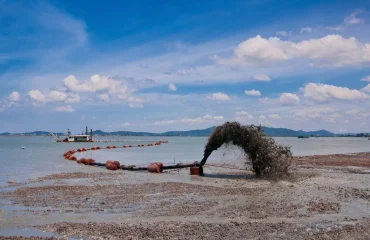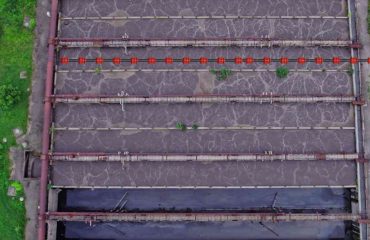Industries
- Home
- Industries
Hose floats are used in dredging to keep the pipeline, which is used to transport the dredged material, buoyant and afloat. Pipeline floatation allows the dredging equipment, such as a dredge or excavator, to move more quickly and efficiently through the water as it removes and transports sediment, sand, or other materials from the bottom of a body of water.
Pipeline floats are used in oil and gas operations, specifically while laying pipelines on the ocean floor. The hose floats help keep the pipeline buoyant and afloat, making it easier to maneuver and position the pipeline during installation. They also help to keep the pipeline from sinking or getting caught in underwater obstacles.
Hose floats are used in dredging to keep the pipeline, which is used to transport the dredged material, buoyant and afloat. Pipeline floatation allows the dredging equipment, such as a dredge or excavator, to move more quickly and efficiently through the water as it removes and transports sediment, sand, or other materials from the bottom of a body of water.
Hose floats are used in marine construction to provide buoyancy for flexible hoses that transfer liquids or gases between offshore platforms or ships. Hose floats are typically made of a lightweight material such as foam or plastic and are attached to the hose at regular intervals to keep it afloat. This helps reduce the hose’s weight and stress, making it easier to install and maintain.
Hose floats, also known as buoyancy or pipe floats, are used in wastewater management to keep hoses or pipes suspended in a liquid and keep them from sinking or getting stuck on the bottom. Wastewater facilities can use them in various applications, such as pump discharge lines, sludge lines, or other fluid transfer hoses.


![2-Oil_and_Gas[1] 2-Oil_and_Gas[1]](https://ezconnectfloats.com/wp-content/uploads/elementor/thumbs/2-Oil_and_Gas1-qv0ctionxxyal3a0b0mlzf3mnk7vf6yevtd55t5bds.jpg)


